Scroll for prep

Please wait…
This video is having trouble loading. You may have lost your Internet connection.
Step 1: Click to Reload this page
Step 2: Click to
Try our other video player
Step 3: Contact your teacher if trouble persists.
Or,
dismiss this message.
CONVERSEMOS:
¿Cómo podrías averiguar cómo era tu ciudad o tu pueblo antes de que cualquier persona viviera ahí?

Please wait…
This video is having trouble loading. You may have lost your Internet connection.
Step 1: Click to Reload this page
Step 2: Click to
Try our other video player
Step 3: Contact your teacher if trouble persists.
Or,
dismiss this message.
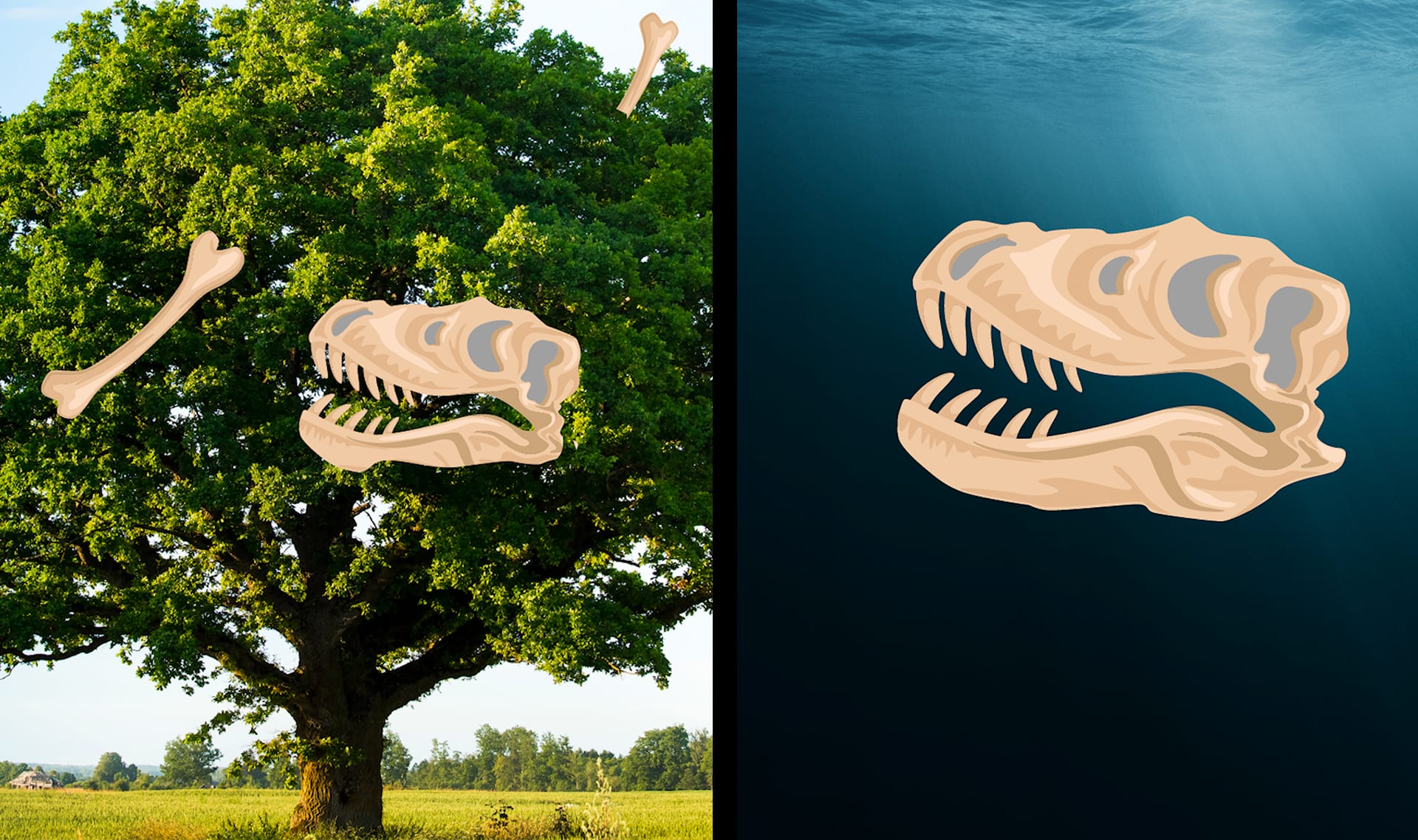
CONVERSEMOS:
¿Por qué crees que usualmente encontramos fósiles bajo tierra? ¿Por qué
no los encontramos en las ramas de los árboles o flotando en el océano?
¿Por qué crees que usualmente encontramos fósiles bajo tierra? ¿Por qué
no los encontramos en las ramas de los árboles o flotando en el océano?

Please wait…
This video is having trouble loading. You may have lost your Internet connection.
Step 1: Click to Reload this page
Step 2: Click to
Try our other video player
Step 3: Contact your teacher if trouble persists.
Or,
dismiss this message.
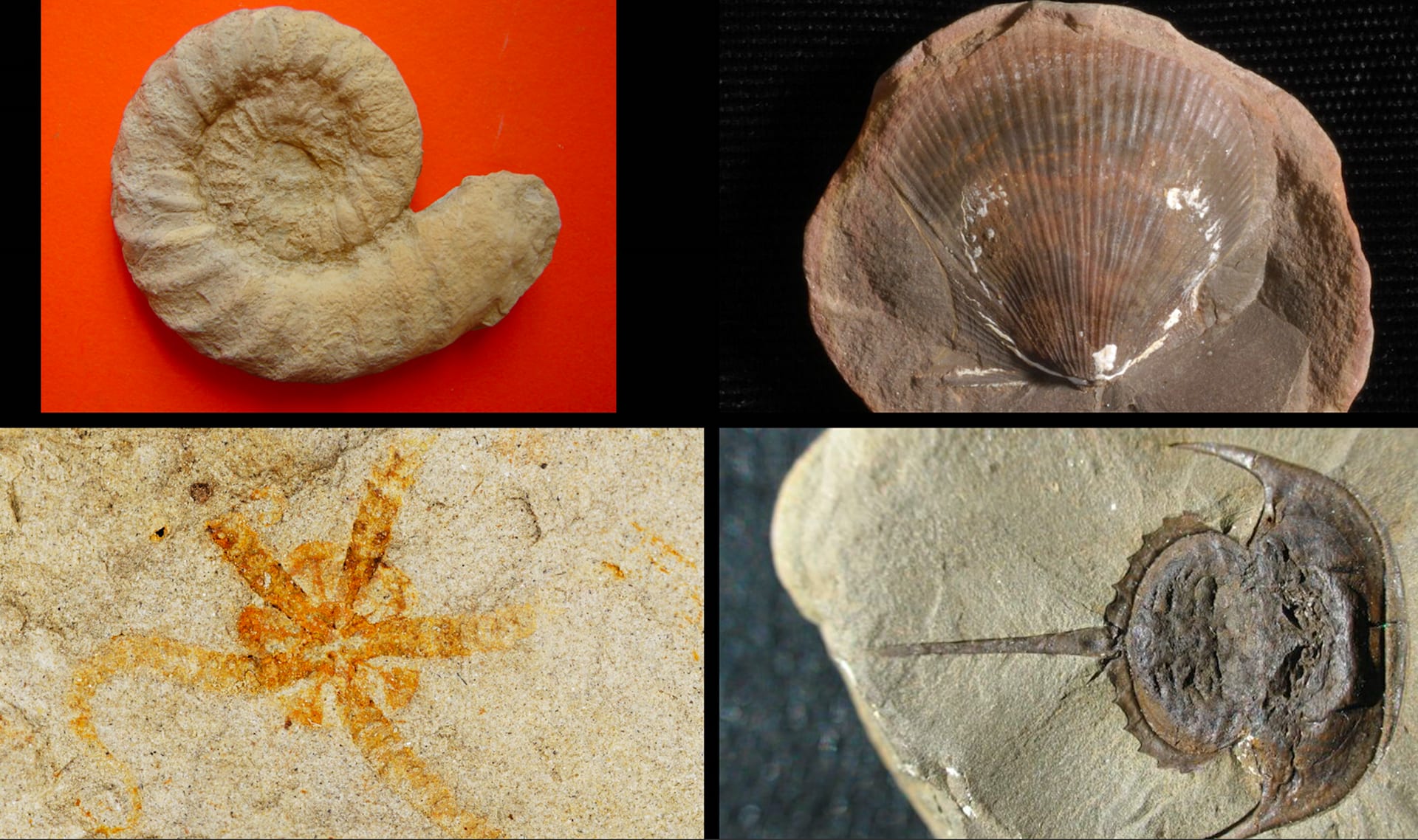
CONVERSEMOS:
¿Estos fósiles te hacen pensar en algunos animales que actualmente
viven en la Tierra? ¿A cuáles animales se parecen?
¿Estos fósiles te hacen pensar en algunos animales que actualmente
viven en la Tierra? ¿A cuáles animales se parecen?

Please wait…
This video is having trouble loading. You may have lost your Internet connection.
Step 1: Click to Reload this page
Step 2: Click to
Try our other video player
Step 3: Contact your teacher if trouble persists.
Or,
dismiss this message.
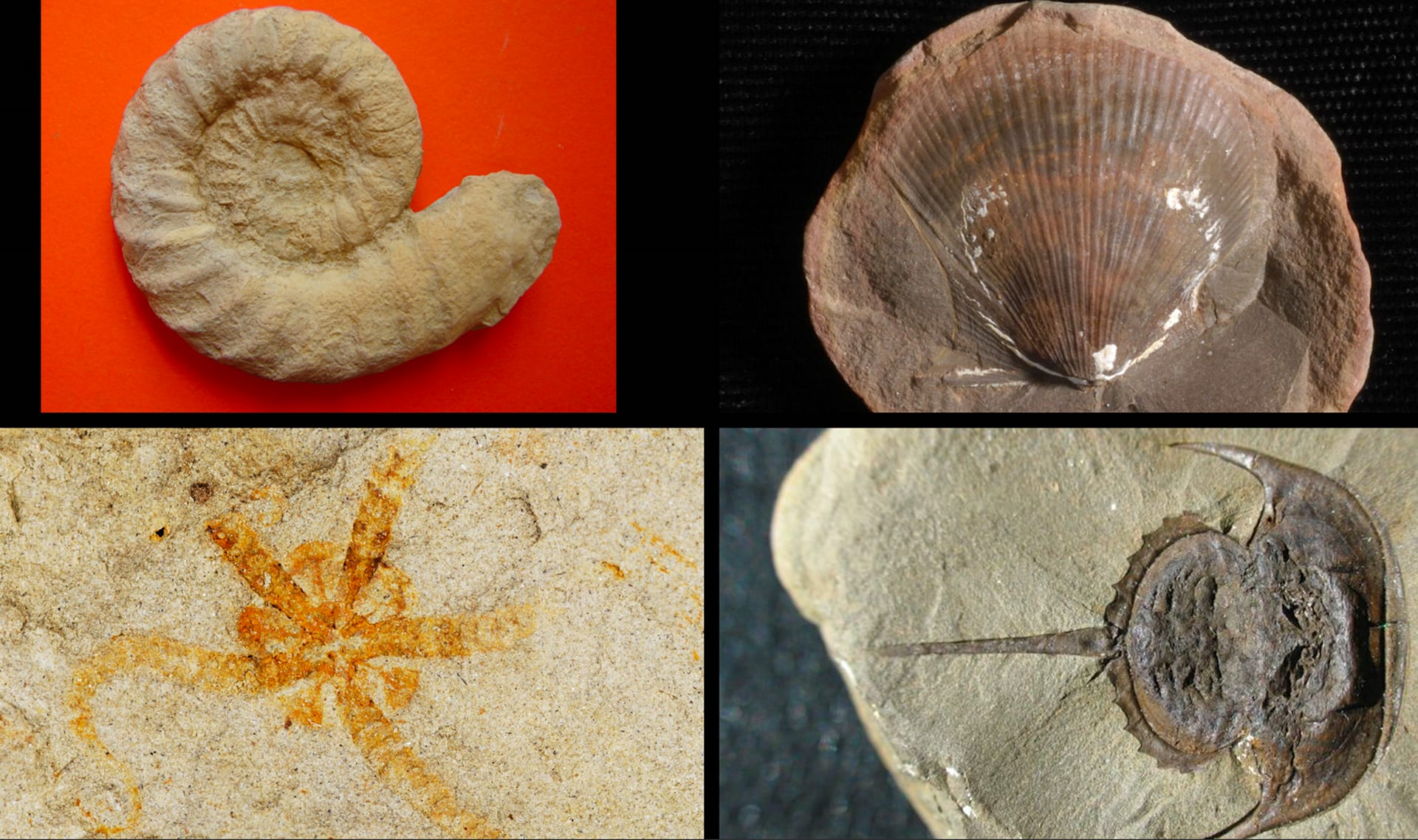
CONVERSEMOS:
¿En qué tipo de ambiente crees que vivían estos fósiles hace mucho tiempo?
¿Por qué piensas eso?
¿En qué tipo de ambiente crees que vivían estos fósiles hace mucho tiempo?
¿Por qué piensas eso?

Please wait…
This video is having trouble loading. You may have lost your Internet connection.
Step 1: Click to Reload this page
Step 2: Click to
Try our other video player
Step 3: Contact your teacher if trouble persists.
Or,
dismiss this message.
CONVERSEMOS:
¿Cómo es posible que en el mismo lugar haya fósiles de animales TERRESTRES y fósiles de animales ACUÁTICOS?

Please wait…
This video is having trouble loading. You may have lost your Internet connection.
Step 1: Click to Reload this page
Step 2: Click to
Try our other video player
Step 3: Contact your teacher if trouble persists.
Or,
dismiss this message.

Please wait…
This video is having trouble loading. You may have lost your Internet connection.
Step 1: Click to Reload this page
Step 2: Click to
Try our other video player
Step 3: Contact your teacher if trouble persists.
Or,
dismiss this message.
Paso
01/13
01/13
Encuentra un compañero/a con quien trabajar. Decidan quién será el
encargado de las piedras y quién será el buscador de fósiles.
encargado de las piedras y quién será el buscador de fósiles.

Please wait…
This video is having trouble loading. You may have lost your Internet connection.
Step 1: Click to Reload this page
Step 2: Click to
Try our other video player
Step 3: Contact your teacher if trouble persists.
Or,
dismiss this message.
Paso
02/13
02/13
Obtén estos materiales.

Please wait…
This video is having trouble loading. You may have lost your Internet connection.
Step 1: Click to Reload this page
Step 2: Click to
Try our other video player
Step 3: Contact your teacher if trouble persists.
Or,
dismiss this message.
Paso
03/13
03/13
Buscador de fósiles: Ponle pegamento al rectángulo rayado.
Encargado de las piedras: Pon la página #1 del Cañón Colosal
sobre el rectángulo rayado. Alinea las esquinas y presiona las orillas.
Encargado de las piedras: Pon la página #1 del Cañón Colosal
sobre el rectángulo rayado. Alinea las esquinas y presiona las orillas.

Please wait…
This video is having trouble loading. You may have lost your Internet connection.
Step 1: Click to Reload this page
Step 2: Click to
Try our other video player
Step 3: Contact your teacher if trouble persists.
Or,
dismiss this message.
Paso
04a/13
04a/13
Mira tus tarjetas de fósiles.
Conversemos:
Conversemos:

Please wait…
This video is having trouble loading. You may have lost your Internet connection.
Step 1: Click to Reload this page
Step 2: Click to
Try our other video player
Step 3: Contact your teacher if trouble persists.
Or,
dismiss this message.
Paso
04b/13
04b/13
Estas son algunas cosas que notamos.

Please wait…
This video is having trouble loading. You may have lost your Internet connection.
Step 1: Click to Reload this page
Step 2: Click to
Try our other video player
Step 3: Contact your teacher if trouble persists.
Or,
dismiss this message.
Paso
05/13
05/13
Buscador de fósiles: corta a lo largo de la línea negra y gruesa.
Quédate con una mitad y dale la otra a tu compañero/a. Ambos:
Corten a lo largo de las líneas punteadas. Ahora tienen 6 tarjetas.
Quédate con una mitad y dale la otra a tu compañero/a. Ambos:
Corten a lo largo de las líneas punteadas. Ahora tienen 6 tarjetas.

Please wait…
This video is having trouble loading. You may have lost your Internet connection.
Step 1: Click to Reload this page
Step 2: Click to
Try our other video player
Step 3: Contact your teacher if trouble persists.
Or,
dismiss this message.
Paso
06a/13
06a/13
Encargado de las piedras:
Lee la primera parte en voz alta.
Buscador de fósiles: Mira todas las tarjetas de fósiles y decide
cuales fósiles se parecen a cada capa del cañón.
Buscador de fósiles: Mira todas las tarjetas de fósiles y decide
cuales fósiles se parecen a cada capa del cañón.

Please wait…
This video is having trouble loading. You may have lost your Internet connection.
Step 1: Click to Reload this page
Step 2: Click to
Try our other video player
Step 3: Contact your teacher if trouble persists.
Or,
dismiss this message.
Paso
06b/13
06b/13
Esto fue lo que nosotros notamos. Escribe el número de la historia
que describe los fósiles que se encuentran en cada tarjeta de fósiles.
que describe los fósiles que se encuentran en cada tarjeta de fósiles.

Please wait…
This video is having trouble loading. You may have lost your Internet connection.
Step 1: Click to Reload this page
Step 2: Click to
Try our other video player
Step 3: Contact your teacher if trouble persists.
Or,
dismiss this message.
Paso
07/13
07/13
Ambos: Tomen turnos leyendo cada parte de la historia en voz
alta. Luego, miren sus tarjetas de fósiles. Platiquen sobre qué tarjeta
va con cada parte de la historia. Escriban un número en cada tarjeta.
alta. Luego, miren sus tarjetas de fósiles. Platiquen sobre qué tarjeta
va con cada parte de la historia. Escriban un número en cada tarjeta.

Please wait…
This video is having trouble loading. You may have lost your Internet connection.
Step 1: Click to Reload this page
Step 2: Click to
Try our other video player
Step 3: Contact your teacher if trouble persists.
Or,
dismiss this message.
Paso
08/13
08/13
Ambos: Platica con tu compañera/o sobre dónde pondrán
cada tarjeta en el Cañón Colosal. Muevan las tarjetas al lugar
correcto antes de pegarlas.
cada tarjeta en el Cañón Colosal. Muevan las tarjetas al lugar
correcto antes de pegarlas.

Please wait…
This video is having trouble loading. You may have lost your Internet connection.
Step 1: Click to Reload this page
Step 2: Click to
Try our other video player
Step 3: Contact your teacher if trouble persists.
Or,
dismiss this message.
Paso
09/13
09/13
Encargado de las piedras:Pon pegamento en el área dentro
del rectángulo. Buscador de fósiles: Pega la tarjeta que tiene
ese número ahí. Repite este proceso con las 6 tarjetas.
del rectángulo. Buscador de fósiles: Pega la tarjeta que tiene
ese número ahí. Repite este proceso con las 6 tarjetas.
Si necesitas hacer una pausa...
Mensaje para los maestros y las maestras: Teachers: If you are short on time, this is a good stopping point. You can come back and use your completed Colossal Canyon model next time.
Si vas a continuar la actividad, ve a la siguiente página.

Please wait…
This video is having trouble loading. You may have lost your Internet connection.
Step 1: Click to Reload this page
Step 2: Click to
Try our other video player
Step 3: Contact your teacher if trouble persists.
Or,
dismiss this message.
Paso
10/13
10/13
Conversemos:

Please wait…
This video is having trouble loading. You may have lost your Internet connection.
Step 1: Click to Reload this page
Step 2: Click to
Try our other video player
Step 3: Contact your teacher if trouble persists.
Or,
dismiss this message.
Paso
11/13
11/13
Conversemos:

Please wait…
This video is having trouble loading. You may have lost your Internet connection.
Step 1: Click to Reload this page
Step 2: Click to
Try our other video player
Step 3: Contact your teacher if trouble persists.
Or,
dismiss this message.
Paso
12/13
12/13
Conversemos:

Please wait…
This video is having trouble loading. You may have lost your Internet connection.
Step 1: Click to Reload this page
Step 2: Click to
Try our other video player
Step 3: Contact your teacher if trouble persists.
Or,
dismiss this message.
Paso
13/13
13/13
Conversemos:

Please wait…
This video is having trouble loading. You may have lost your Internet connection.
Step 1: Click to Reload this page
Step 2: Click to
Try our other video player
Step 3: Contact your teacher if trouble persists.
Or,
dismiss this message.
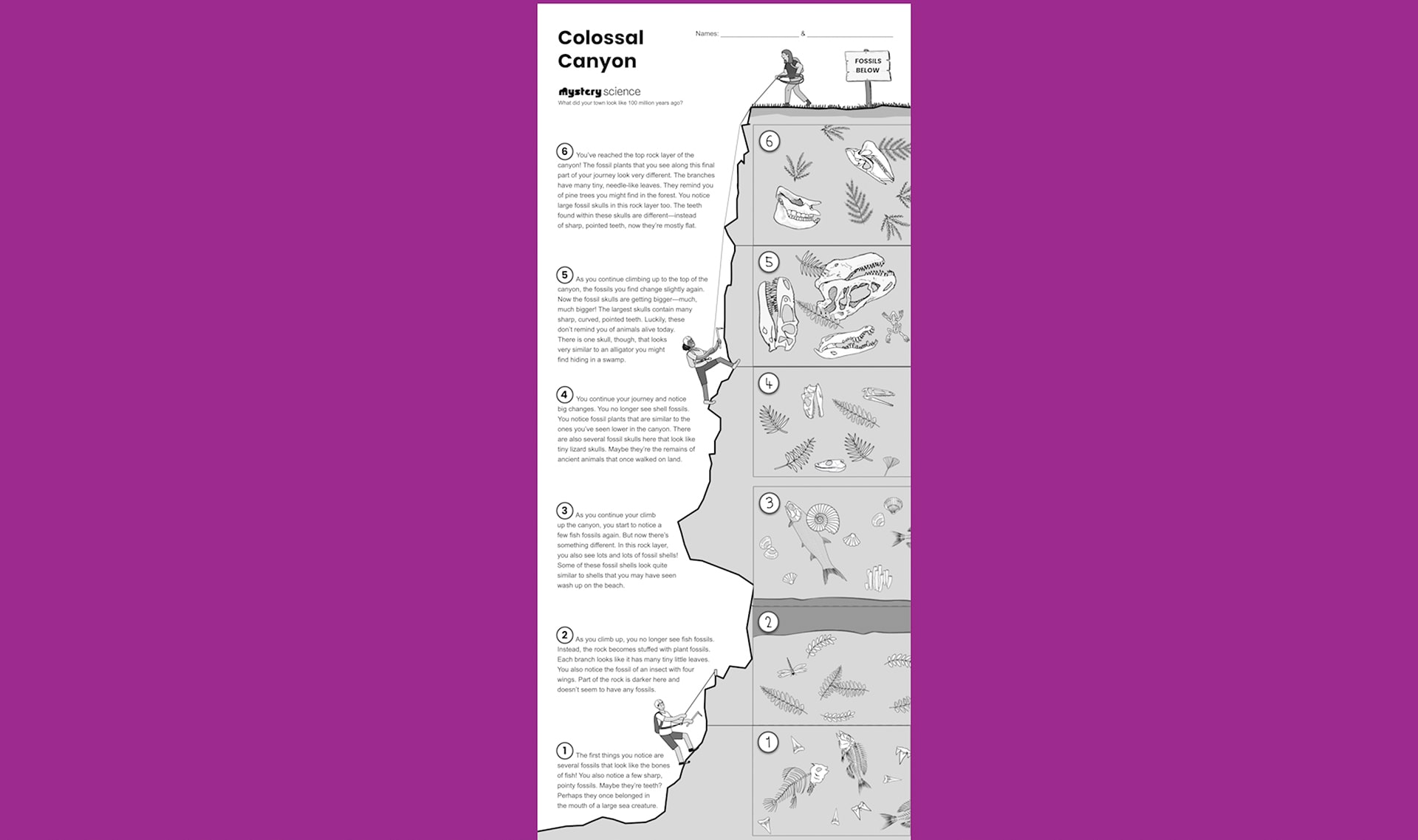
CONVERSEMOS:
¿Cuál crees que es la capa es la MÁS VIEJA de fósiles en este cañón?
¿Por qué?
¿Cuál crees que es la capa es la MÁS VIEJA de fósiles en este cañón?
¿Por qué?

Please wait…
This video is having trouble loading. You may have lost your Internet connection.
Step 1: Click to Reload this page
Step 2: Click to
Try our other video player
Step 3: Contact your teacher if trouble persists.
Or,
dismiss this message.
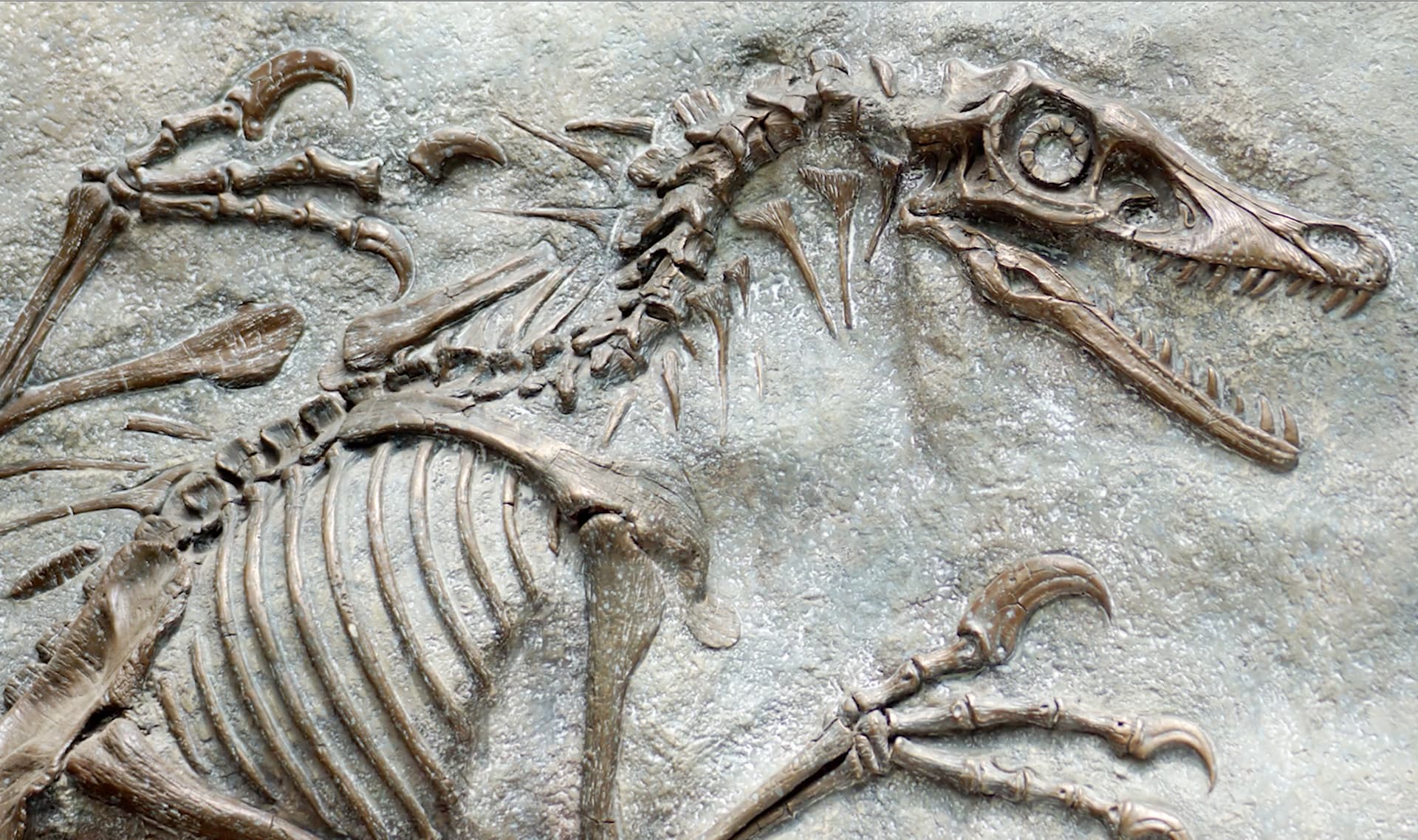
CONVERSEMOS:
¿Cómo es que los fósiles terminaron dentro de una roca sólida?
¿Cómo es que los fósiles terminaron dentro de una roca sólida?

Please wait…
This video is having trouble loading. You may have lost your Internet connection.
Step 1: Click to Reload this page
Step 2: Click to
Try our other video player
Step 3: Contact your teacher if trouble persists.
Or,
dismiss this message.
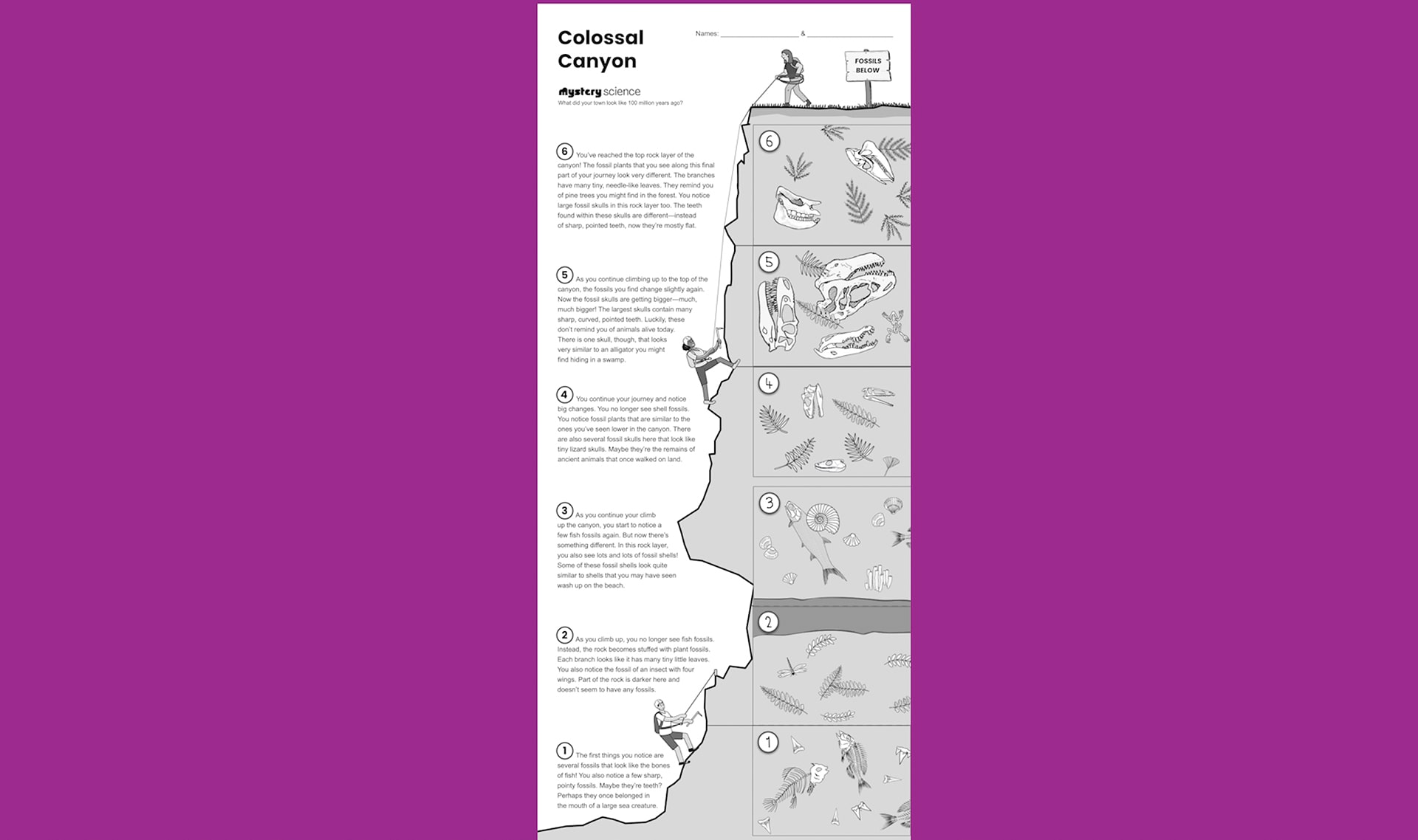
CONVERSEMOS:
¿Puedes encontrar una parte del cañón que no tenga ningún fósil?
¿Puedes encontrar una parte del cañón que no tenga ningún fósil?

Please wait…
This video is having trouble loading. You may have lost your Internet connection.
Step 1: Click to Reload this page
Step 2: Click to
Try our other video player
Step 3: Contact your teacher if trouble persists.
Or,
dismiss this message.
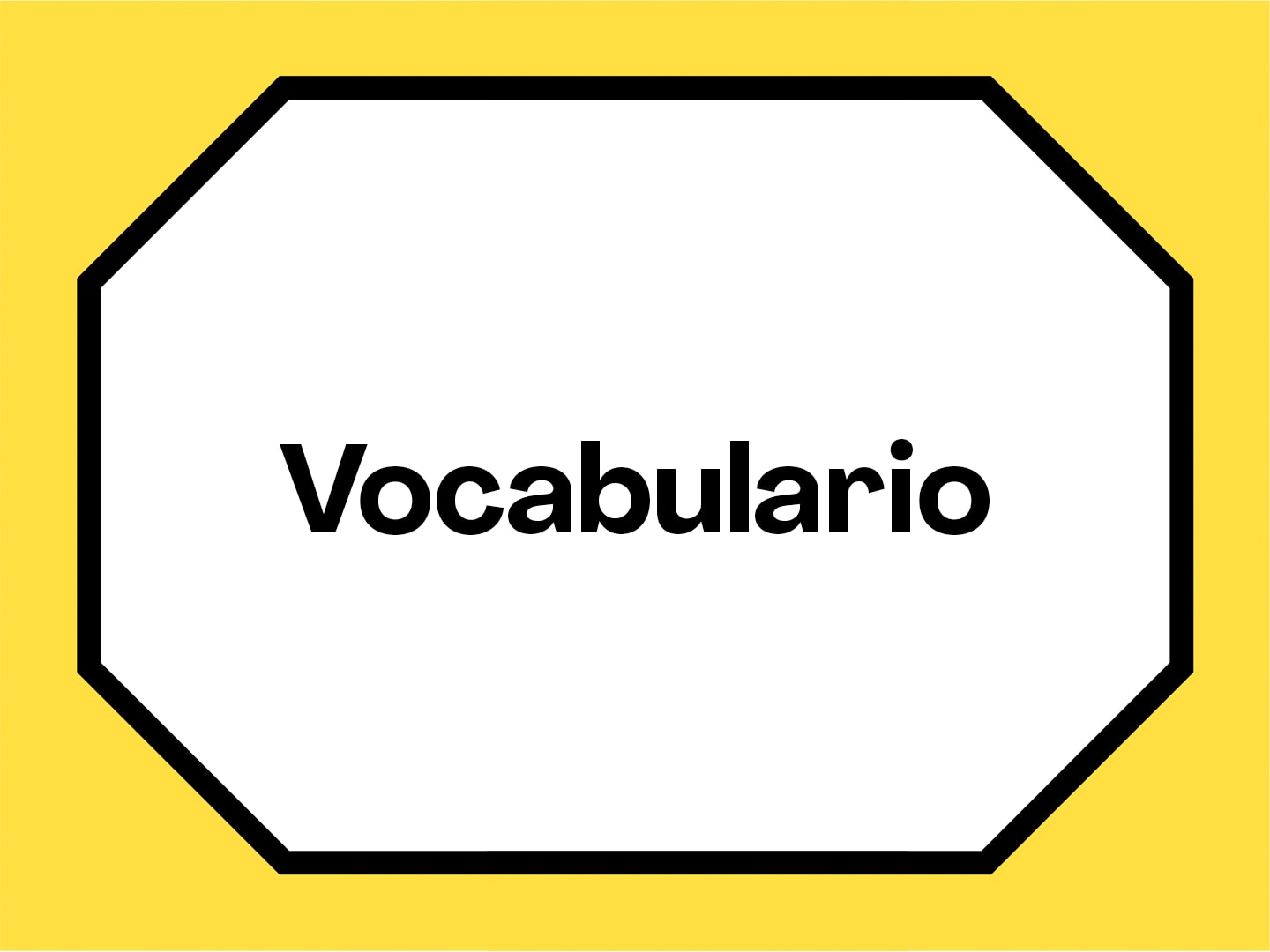
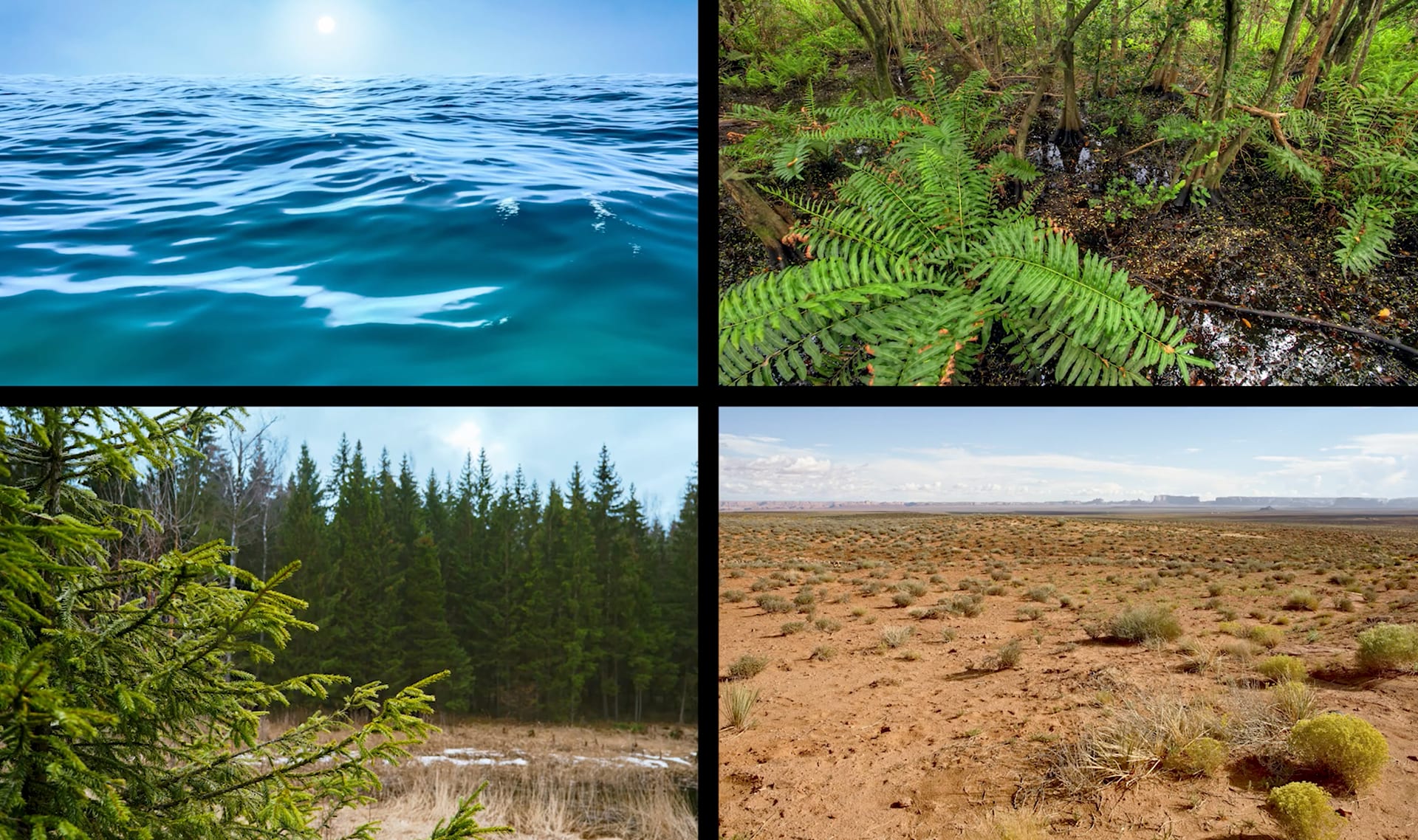
medio ambiente
1 de 12
todos los seres vivos y no vivientes que se encuentran en un lugar
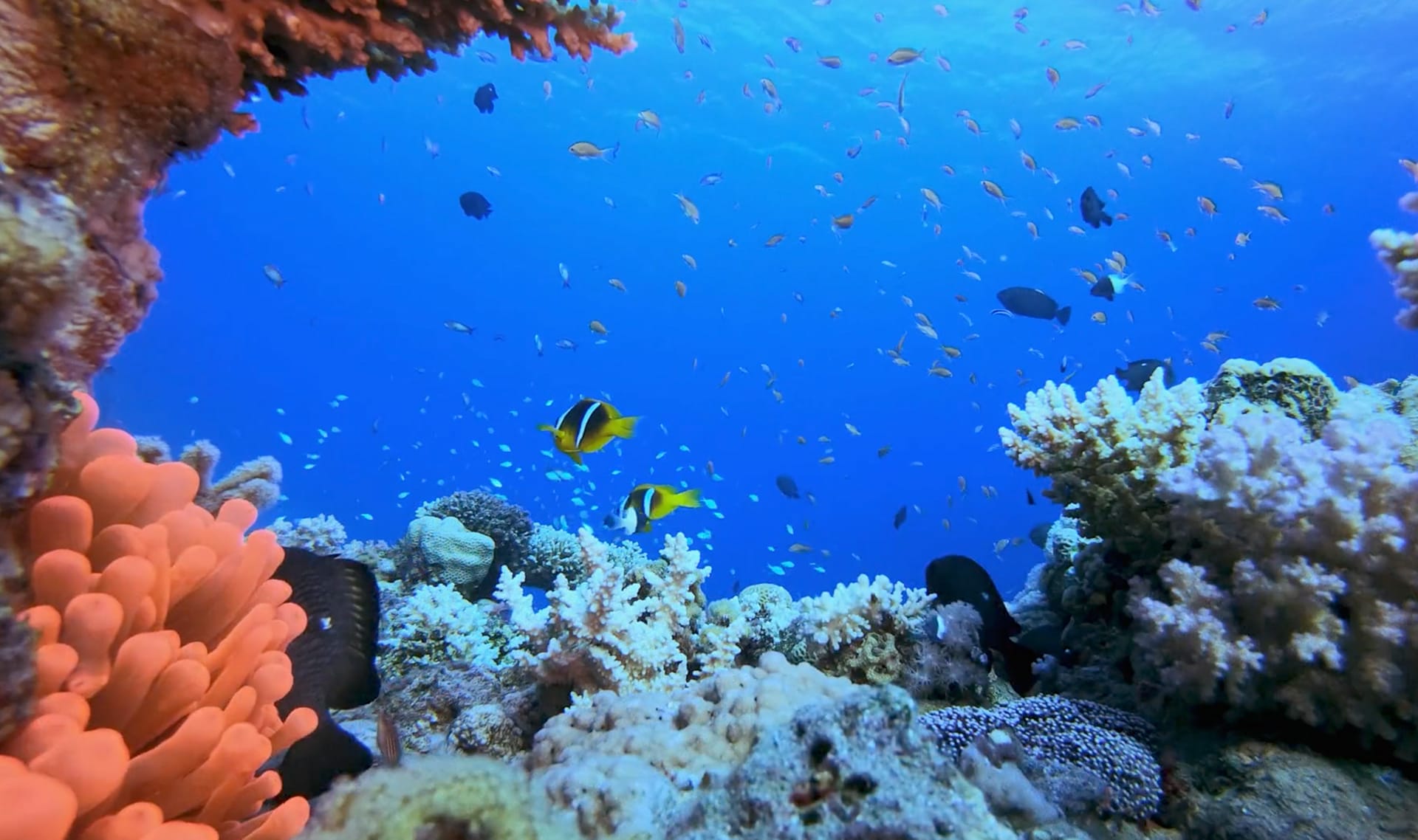
acúatico/a
2 de 12
bajo el agua
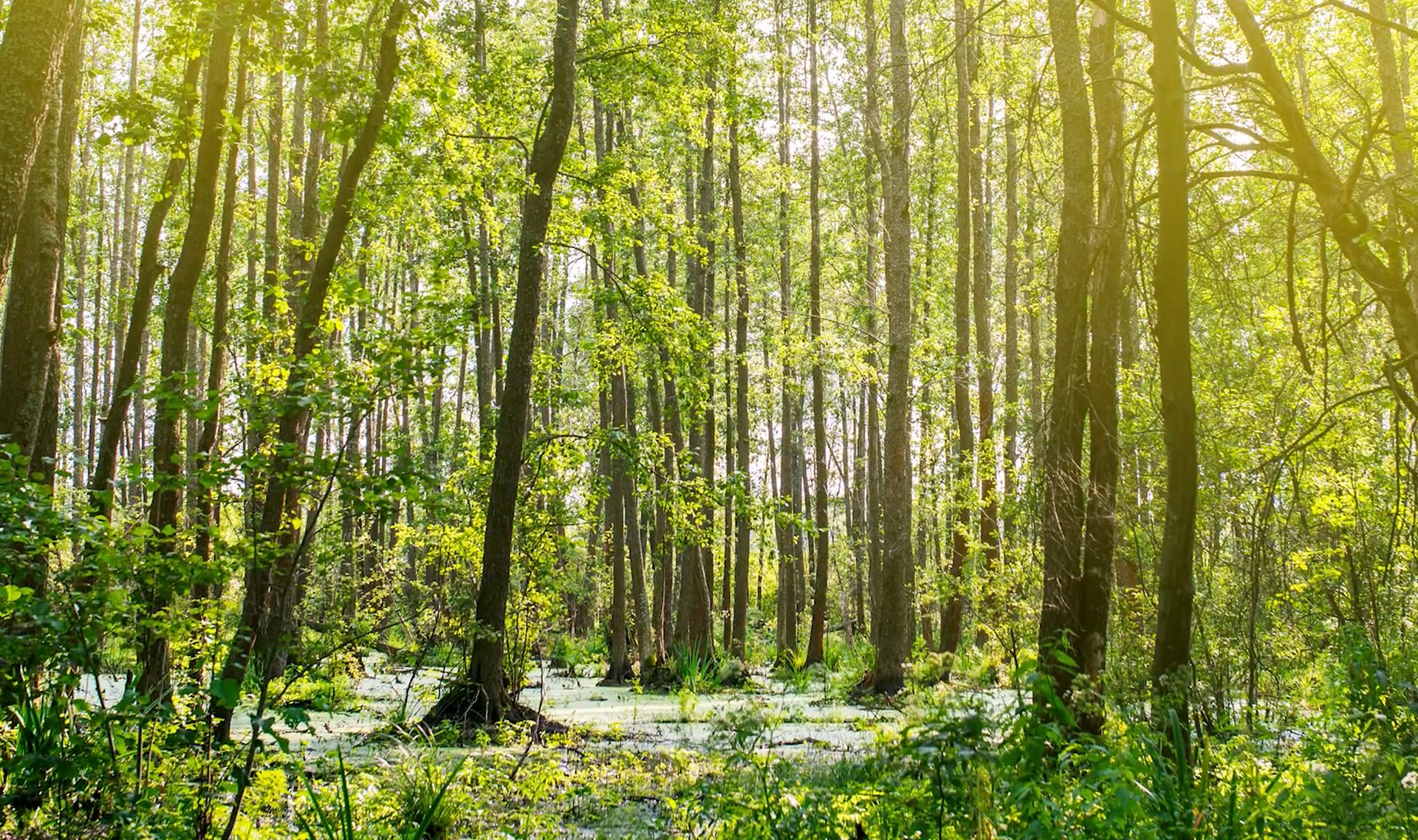
pantano
3 de 12
un hábitat cubierto de agua y lleno de árboles

cañón
4 de 12
un valle profundo que se forma después de mucho tiempo por el movimiento del agua

modelo
5 de 12
una versión de mentiras de algo que los científicos usan cuando la cosa de verdad es algo demasiado grande, pequeño, o complicado para poder usarlo en sus estudios

evidencia
6 de 12
información que puede ser usada para respaldar o rechazar una idea
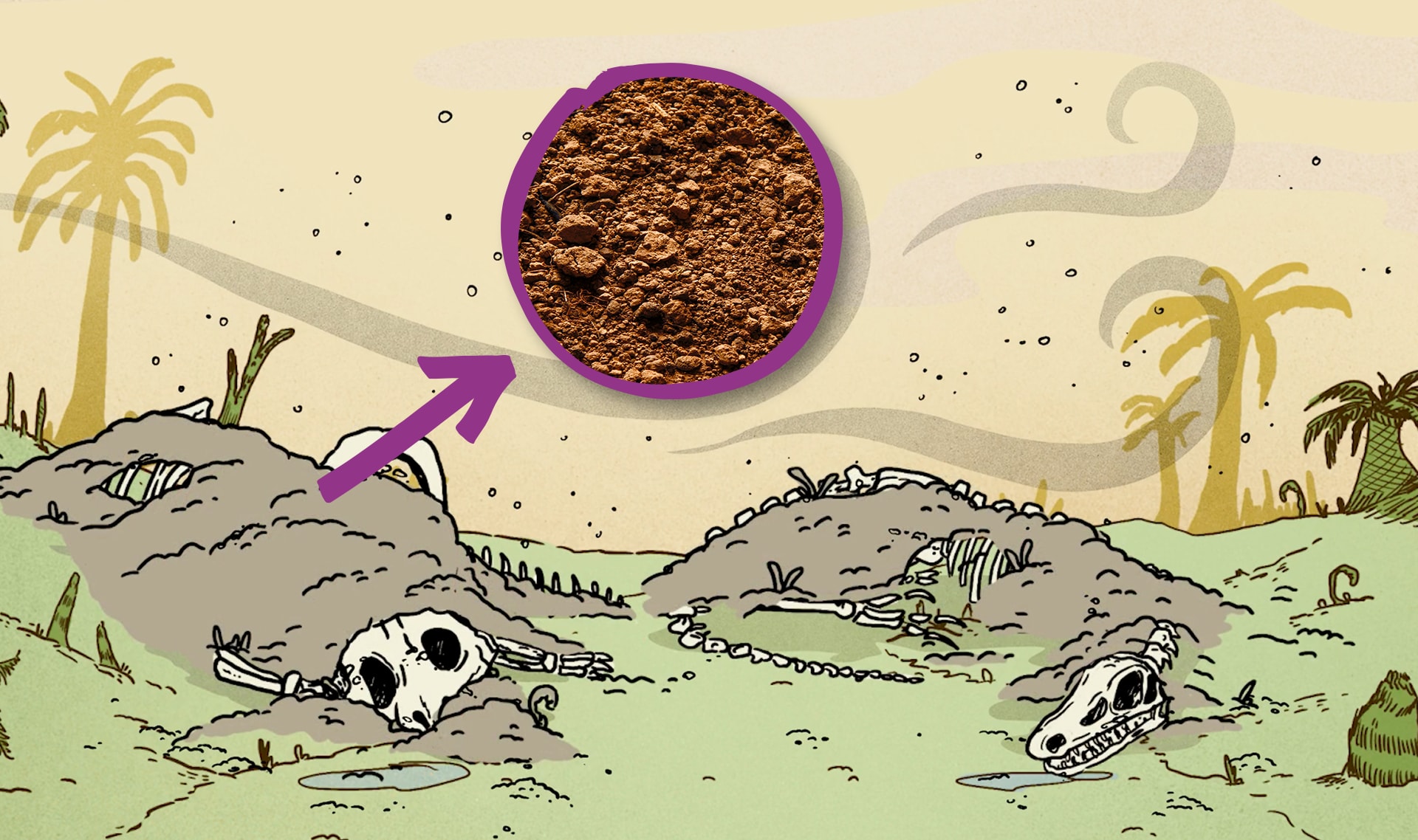
sedimento
7 de 12
pedazos muy pequeños de piedra

Please wait…
This video is having trouble loading. You may have lost your Internet connection.
Step 1: Click to Reload this page
Step 2: Click to
Try our other video player
Step 3: Contact your teacher if trouble persists.
Or,
dismiss this message.
sedimentación
8 de 12
la caída y el depósito de sedimentos sobre una superficie
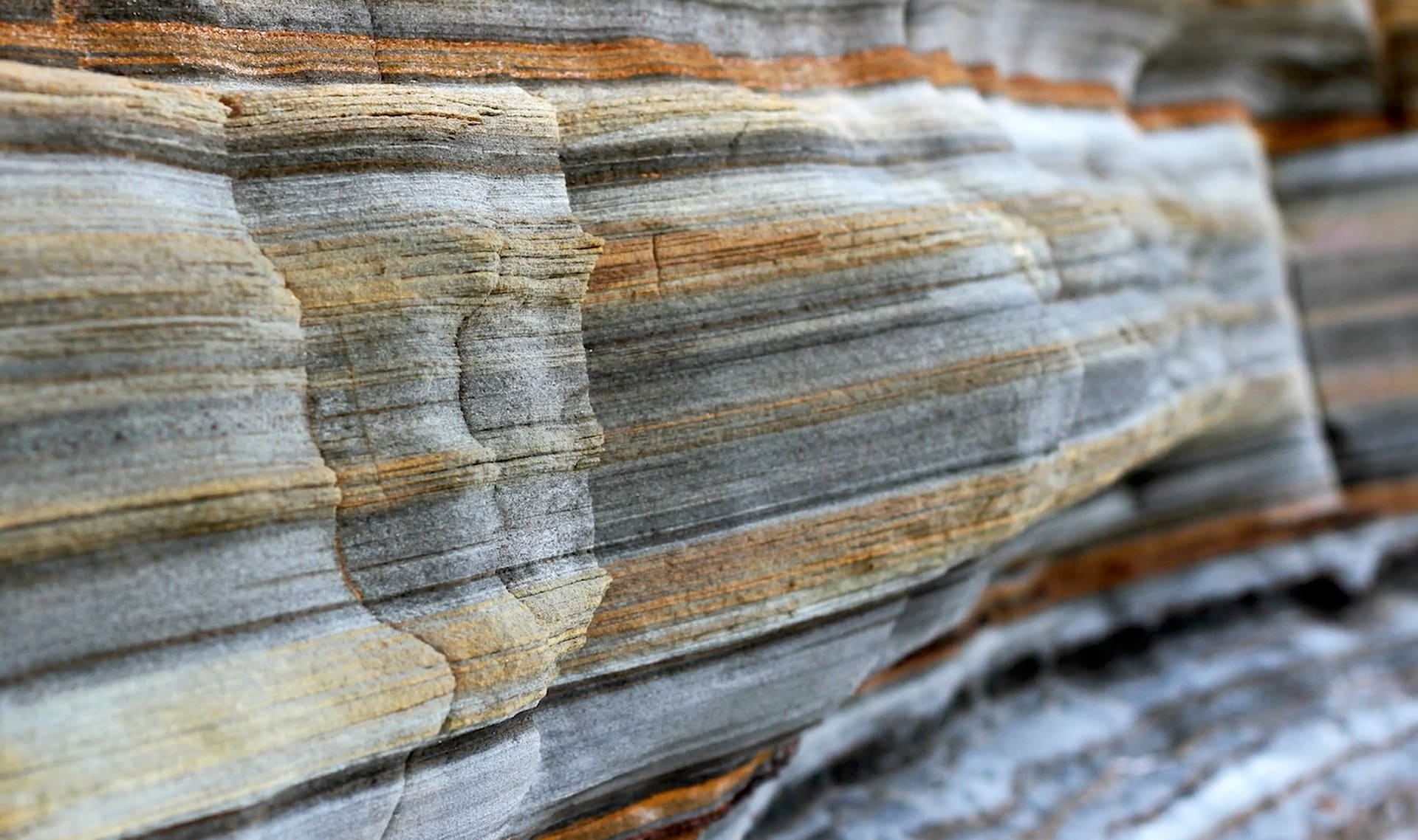
roca sedimentaria
9 de 12
tipo de piedra que se forma cuando sedimentos se acumulan bajo presión después de mucho tiempo
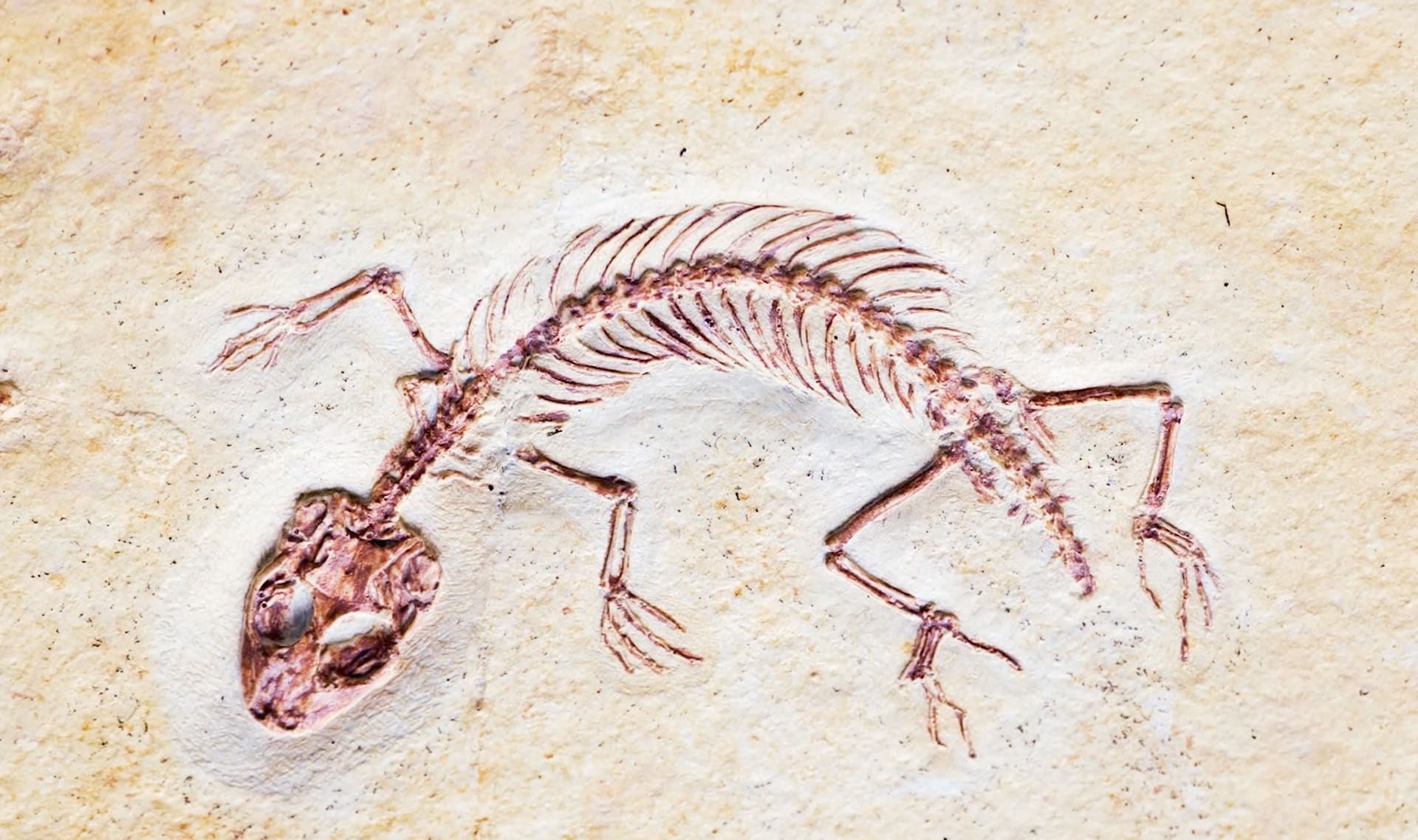
fósil
10 de 12
los restos de una planta o un animal que se murió hace muchísimo tiempo
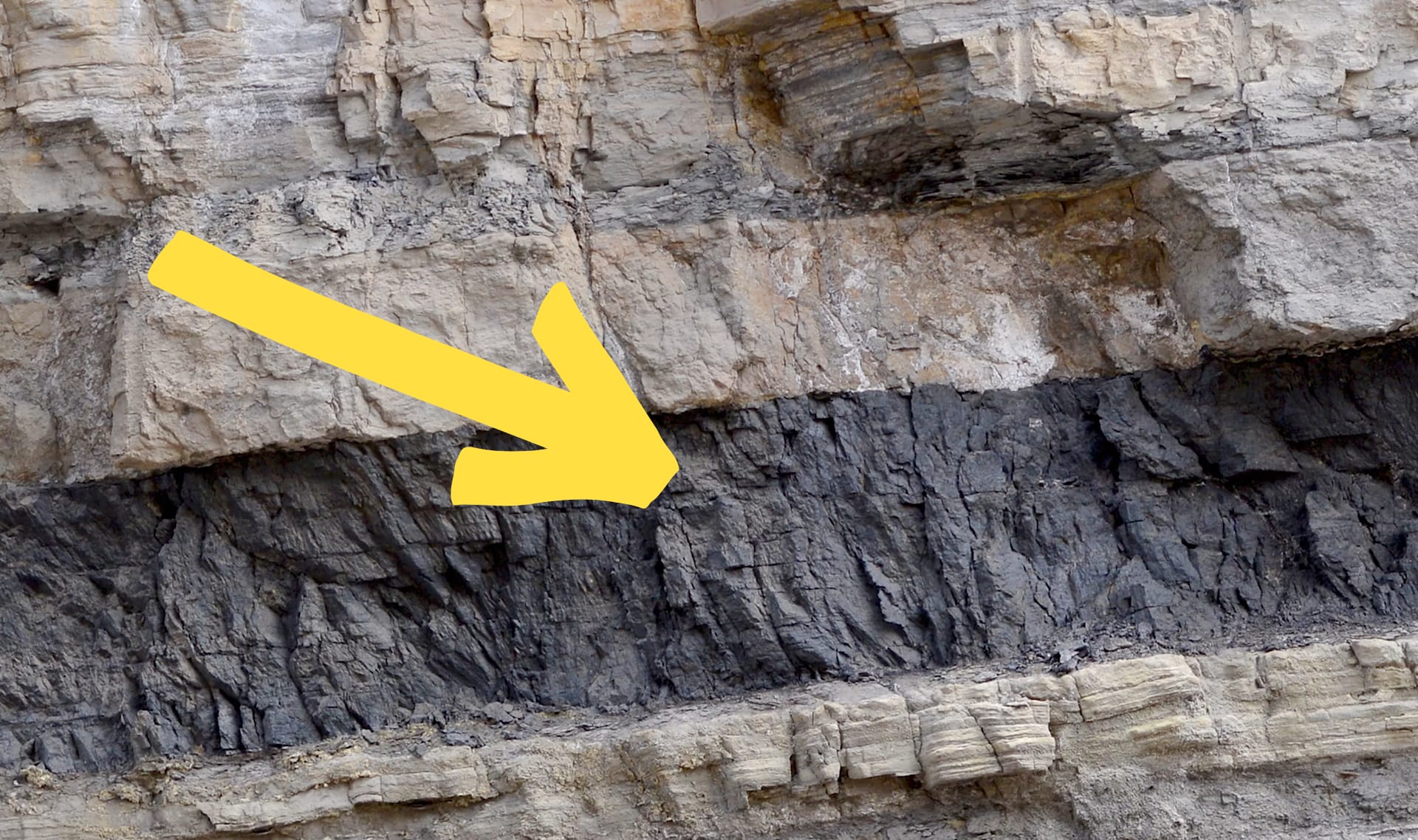
carbón
11 de 12
una roca oscura hecha de fósiles de plantas que se puede quemar y usarse como combustible

Please wait…
This video is having trouble loading. You may have lost your Internet connection.
Step 1: Click to Reload this page
Step 2: Click to
Try our other video player
Step 3: Contact your teacher if trouble persists.
Or,
dismiss this message.
combustible fósil
12 de 12
un material compuesto de fósiles que al quemarse produce energía, por ejemplo, el carbón



